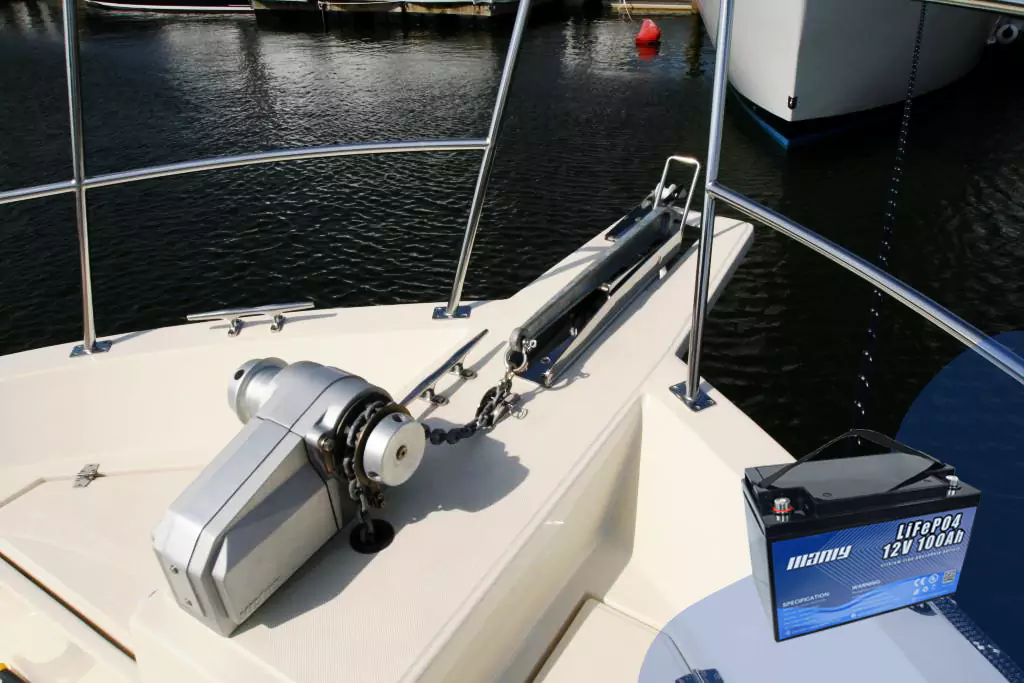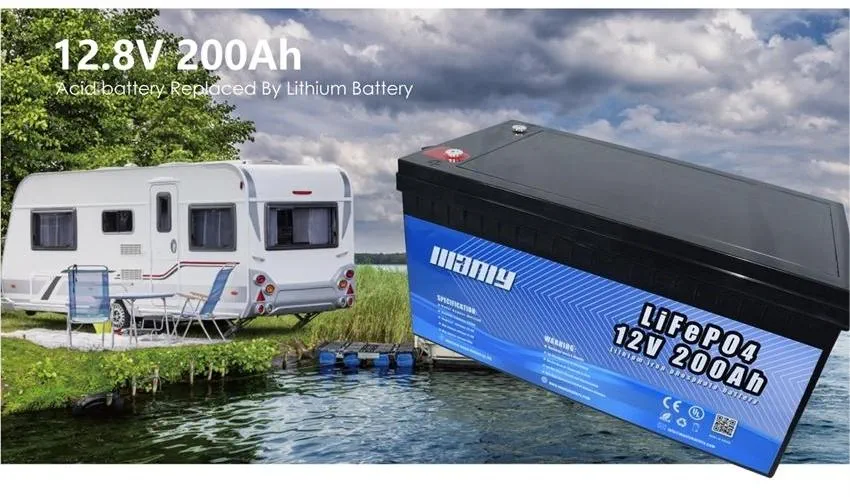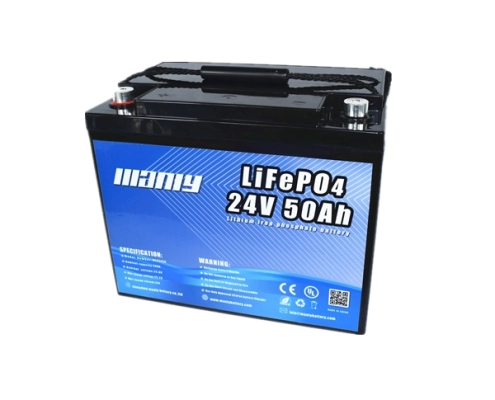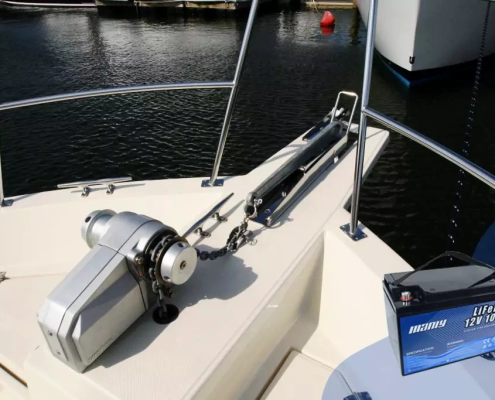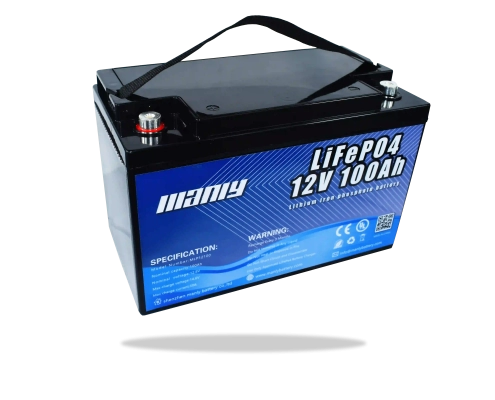Deep Cycle vs Starting Battery: Which Is Right for You?
Table of Contents
- Deep Cycle vs Starting Battery: Which Is Right for You?
- Deep Cycle vs Starting Battery: Key Differences
- Deep Cycle vs Starting Battery: Applications
- Starting Battery Applications in Automotive and Marine Settings
- Integrating Lithium Batteries in Deep Cycle and Starting Applications
- Deep Cycle vs Starting Battery: Choosing the Right Battery Brand for Your Needs
- Conclusion
- Learn More About Battery
When selecting the perfect battery for your specific requirements, understanding the differences between deep cycle vs starting battery is critical. This guide not only clarifies these distinctions but also delves into the advantages of integrating lithium deep cycle batteries and lithium starter batteries into various applications. Whether you are powering marine equipment with a deep cycle marine battery for starting or ensuring the efficiency of a recreational vehicle with a deep cycle RV battery, comprehending the unique attributes and benefits of each battery type will empower you to make an informed decision. By exploring how these batteries function under different demands, you can optimize both the performance and longevity of your power systems.
Deep Cycle vs Starting Battery: Key Differences
Definitions
What is a Deep Cycle Battery? A deep cycle battery is built to last. It can handle being used up to 80% of its total power capacity many times over. This kind of battery has thicker, solid lead plates, which means it doesn’t offer quick bursts of power like some other batteries, but it’s great for long-term use.
What is a Starting Battery? On the other hand, a starting battery gives a quick and powerful energy boost to start engines. It’s made with thinner, more porous lead plates. This structure provides a large surface area that helps produce a lot of power very quickly but only uses a small percentage of its capacity each time it’s used to start an engine.
Key Differences
Plate Design
The basic difference in construction between these two types of batteries lies in their plate design. Deep cycle batteries have fewer, thicker plates allowing for sustained power output over longer periods, making them ideal for continuous use. In contrast, starting batteries have many thin plates which are optimal for short, high-power bursts necessary to crank an engine.
Usage and Durability
Starting batteries are perfect for cars because they need a lot of power for a short time to get the engine running. They aren’t meant to be drained deeply; doing so can damage the battery quickly. Deep cycle batteries, however, can be drained and recharged many times over, which suits them for powering golf carts, solar systems, and boats where energy needs are spread out over longer periods.
Power Output and Capacity
A starting battery might seem robust because it can crank an engine in seconds, but its real power comes in short bursts. Deep cycle batteries provide less immediate power but maintain their output over much longer periods, making them the backbone for systems that require a steady supply of energy.
Lifespan Differences
When it comes to lifespan, life of deep cycle battery generally last longer because they are designed to be run down and charged up many times. A typical starting battery can handle only shallow discharges before its performance begins to degrade.
By understanding these fundamental differences between deep cycle and starting batteries, users can make more informed choices about which battery type best fits their needs, whether for daily vehicle starts or for energy-intensive projects requiring long, reliable battery use.
Deep Cycle vs Starting Battery: Applications
Suitable Applications
Deep cycle batteries are specifically designed for long-term energy usage, making them perfect for several applications where consistent power is crucial. These include powering trolling motors on fishing boats, providing energy for RVs during long trips, and serving as reliable power sources in off-grid solar systems. Additionally, these batteries are essential in marine settings, where they power essential equipment like navigational systems and onboard appliances.
Benefits in Marine and RV Use
In marine environments, deep cycle batteries are vital due to their ability to handle deep discharges repeatedly without significant capacity loss. This durability makes them ideal for sailboats and yachts, which often lack other power generation capabilities and require robust, reliable power for both safety and convenience. Deep cycle batteries are favored for their resistance to corrosion and their effectiveness in harsh marine conditions, providing dependable power when away from shore power sources.
For recreational vehicles (RVs), deep cycle rv battery offer similar benefits. They power everything inside the RV, from lighting and heating to air conditioning and refrigeration systems. The ability to deep discharge allows RV owners to enjoy extended trips without worrying about frequent recharges, which is particularly beneficial in remote areas without access to external power sources.
Deep Cycle Marine Battery for Starting
While deep cycle batteries are generally not recommended for starting engines due to their lower burst power compared to starting batteries, there are exceptions. Some deep cycle marine batteries are designed to provide enough cranking power for starting boat engines in addition to powering other onboard equipment. However, this dual functionality can come with trade-offs:
Pros:
- Versatility: A single battery can handle both starting the engine and powering other devices.
- Space and weight savings: Reduces the need for multiple batteries on smaller boats.
Cons:
- Reduced starting efficiency: May not provide the same cranking power as a dedicated starting battery, which could be crucial in emergency situations.
- Potential for faster wear: Regular use for starting and deep cycling can reduce the battery’s overall lifespan compared to using it solely for deep cycle purposes.
Choosing a deep cycle battery for both starting and ongoing power needs careful consideration of these pros and cons. It’s crucial to ensure the battery’s specifications meet the energy demands of both starting the engine and powering other devices over time to maintain optimal performance and safety on the water or while on the road in an RV.
Starting Battery Applications in Automotive and Marine Settings
Suitable Applications
Starting batteries are essential in the automotive industry, where they are used to kick-start the engine with a short, high-power burst of electricity. This type of battery is optimized to deliver a large amount of current rapidly to start engines in cars, motorcycles, trucks, and boats. Their design focuses on providing quick bursts of energy, perfect for the demands of starting an engine.
Automotive Benefits
In automotive applications, the starting battery plays a critical role. It is specifically engineered to handle the high initial burst needed to start the engine, characterized by a high Cold Cranking Amps (CCA) rating. This rating indicates the battery’s ability to start an engine in cold temperatures, a crucial feature for reliable performance in varying weather conditions.
Once the vehicle’s engine starts, the alternator kicks in to recharge the battery, ensuring that the battery is ready for the next start. Under typical conditions, a starting battery discharges only about 1-3% of its capacity with each start, which helps maintain its longevity and reliability. The design of these batteries ensures they seldom discharge beyond 20% of their total capacity, which is vital for avoiding damage and prolonging the battery’s life.
Marine Applications
In marine settings, starting batteries are just as crucial. Boats require robust batteries that can start engines reliably, often in challenging environmental conditions. These batteries provide the necessary power to crank marine engines, which is especially important when far from shore or in emergency situations.
The benefits of using a starting battery in marine applications include:
- High Reliability: Ensures engine starts even in adverse weather conditions.
- Quick Energy Delivery: Delivers the necessary burst of energy to start boat engines effectively.
- Durability: Built to withstand the rigors of marine environments, which often involve exposure to moisture and extreme temperatures.
However, it’s crucial to note that while starting batteries are excellent for cranking engines, they are not suited for powering other electronic devices on boats for extended periods. For such needs, a deep cycle battery would be more appropriate, as it can handle prolonged discharges without damage.
In conclusion, whether on land with vehicles or at sea with boats, starting batteries provide the essential power needed to start engines quickly and reliably. Their design and construction are tailored to meet the demands of quick, intensive bursts of energy, making them indispensable in automotive and marine applications.

